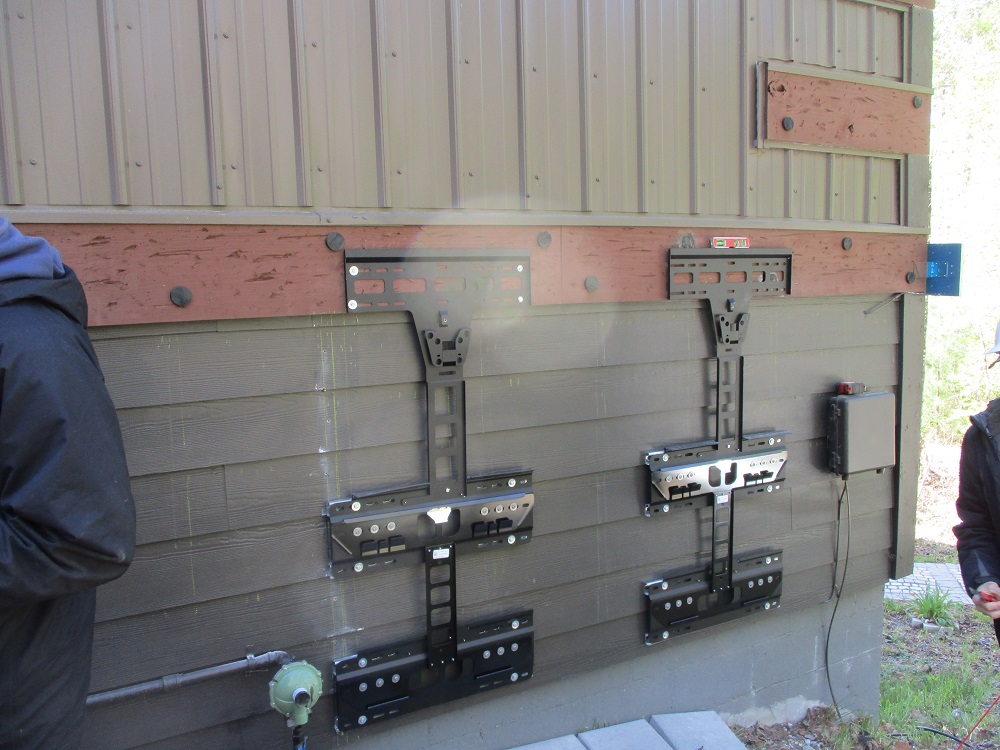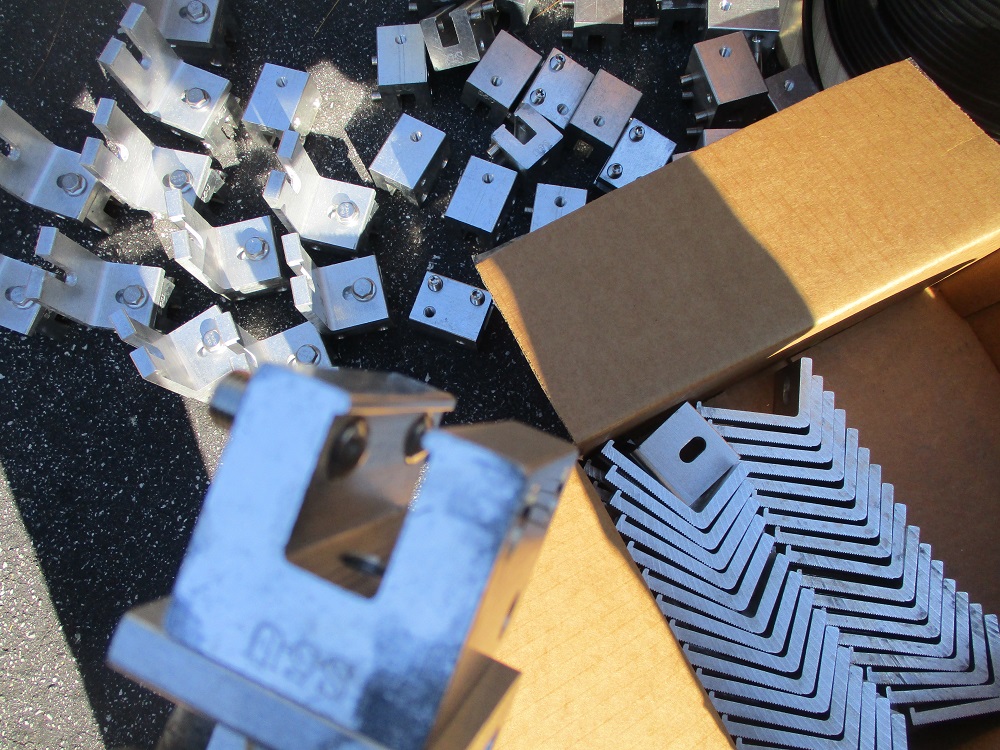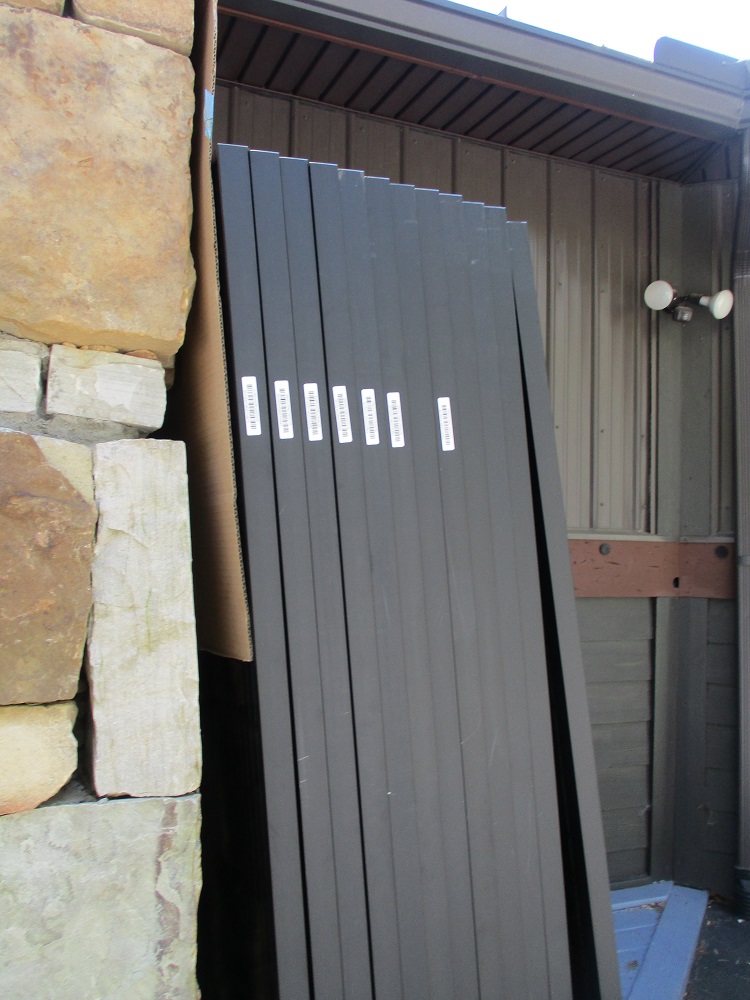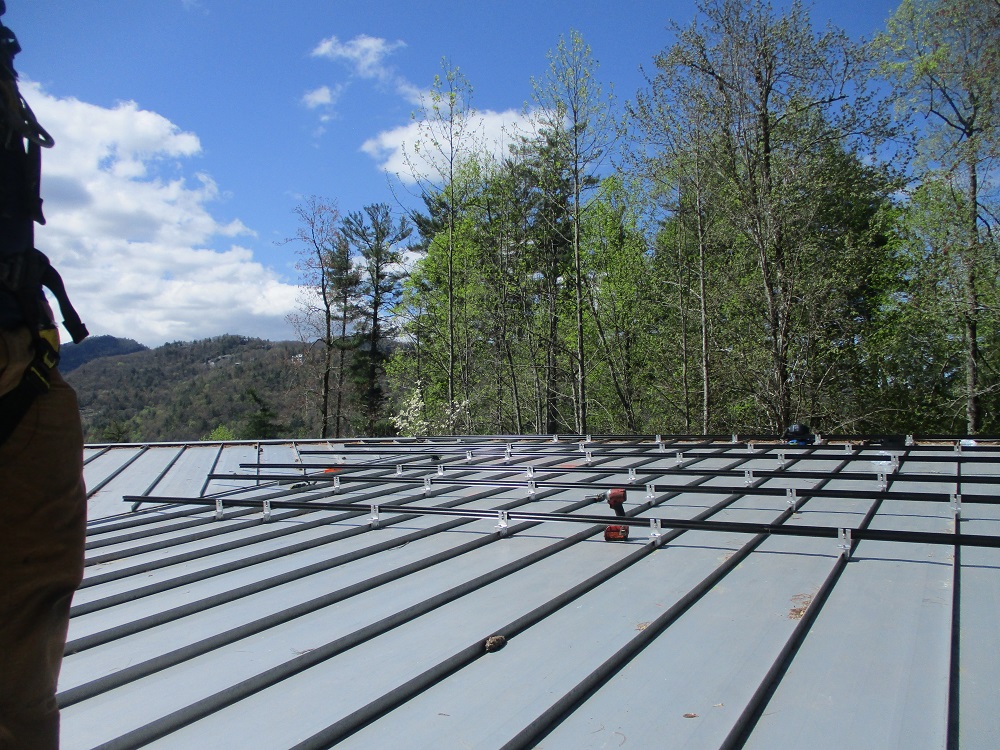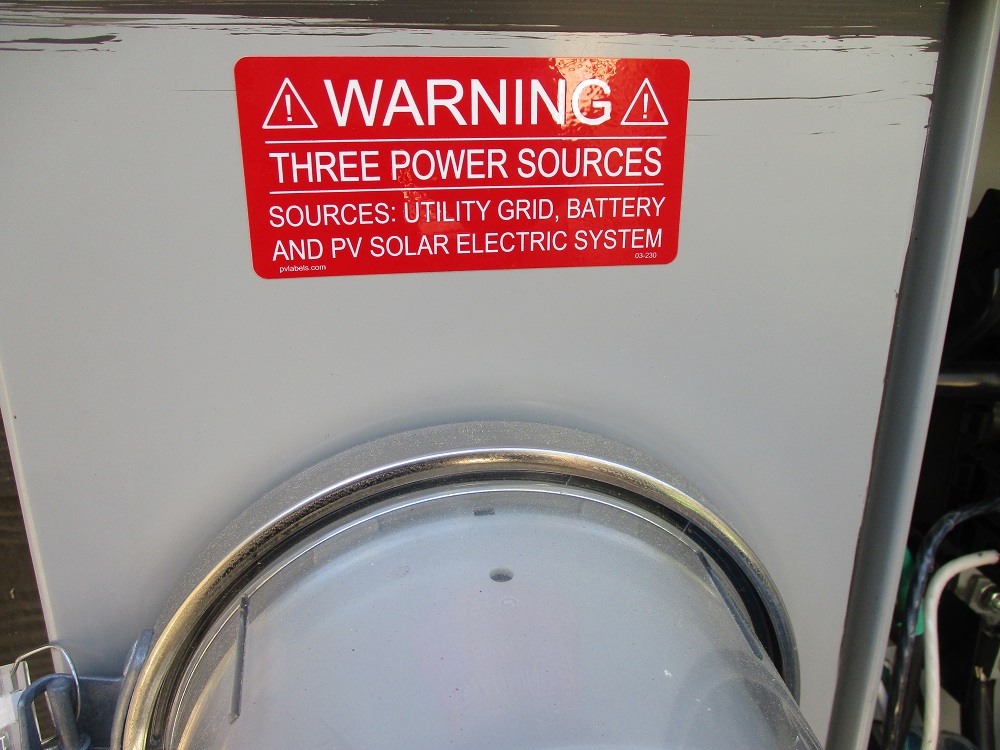Solar Power is about this Architect offering designs that incorporate solar power panels and other equipment as part of their designs for houses.
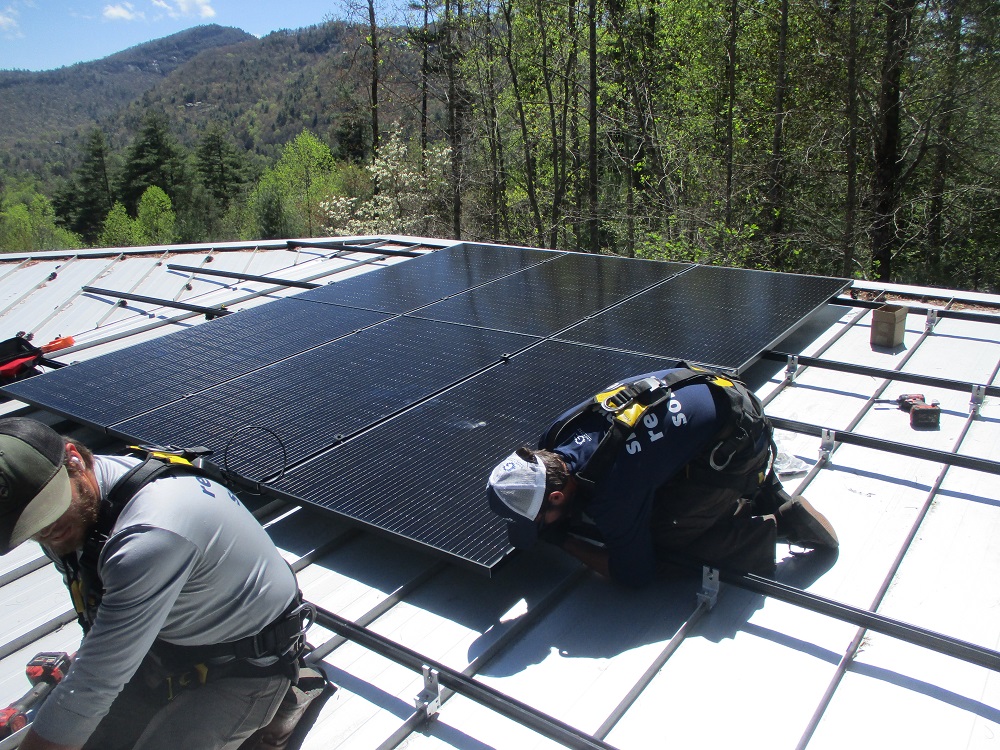
And here is the Solar Power System for the Architect’s own house being installed. Testing and proving it works.
It used to be that photovoltaic solar panels were the stuff of science fiction, NASA satellites and lunar rovers.
No more.
Now they are much more affordable. And the advantages are significant.
FOR THIS PROJECT:
SPECIFICATIONS (will be different for each project)
Batteries: 2 large Tesla storage batteries, Tesla Gateway panel.
Panels: 36 panels: Hanwha Qcells Q.Peak Duo Blk ML-G10+410w. In 2 different arrays.
System Size: 14.58kWdc
Production: 16,932 kWh Year 1.
15,767 kWh25 year avg.
Engineered, provided and installed by Renu Energy Solutions.
INITIAL COSTS (will be different for each project)
$68,400.
Duke Energy (commercial power provider “The Grid”) Rebate: $9,000
Federal Investment Tax Credit: $20,520.
Net cash price within first year: $38,880.
SAVINGS (will be different for each project)
Costs of reduced energy costs over 25 to 30 years:
your monthly bill now x 12 x 30. However, let’s add another 100% for utility bills possibly doubling over the next 3 decades, because they just recently increased 14.3% over the next 3 years.
One example: $700 x 12=8400×30=$252,000 x 2 (rate increases over 30yrs)= $504,000. (4,400 HSF house+/-).
Another example: $300×12=3600×30=$108,000 x 2 (rate increases over 30 yrs)= $216,000. (2,200 HSF house +/-).
For you, depending on the size and quality of your house design, the truth maybe between these parameters or possibly even more. That’s an amazing amount of money saved over the years. Your exact savings can and will vary. So you may enjoy saving around 1/4 million to 1/2 million dollars over the next 30 years +/- depending on your system, operational performance and location particulars. That’s a large chunk of money. So having solar power results in a considerable savings over the decades.
ADVANTAGES
– Objective: to hopefully not have numerous substantial commercial power bills again (or rarely).
– To have electrical energy even if the commercial power grid goes down (storms, natural causes, terrorism, acts of war). = significant peace of mind, when the world beyond your house is turning upside down.
– To rarely have much of a power bills into the future for several decades (panels warranted for 25 years but some may possibly last longer).
– Increased value of your house (who wouldn’t like free power and the peace of mind that comes with it).
Tesla (yes: the electric car company) is one of the leading manufacturers of the large Powerwall+ storage batteries for the electrical power generated during the day, for use at night. Here they are on the side wall of the Architect’s garage exterior. They are each the approximate size and weight of an NFL linebacker. They need to be: they have to supply electrical power to the house after the sun sets so the homeowners don’t need to use the commercial grid during those hours.
WORK
The work crew consisted of 7 Electricians and assistant solar specialists whom are experts at solar installations. They spent 2-1/2 days creating this system.
INSTALLATION & DETAILS
Trailer full of project equipment.
Anodized aluminum support rails to be mounted on metal roof.
Tesla batteries in box.
Unboxing of the 284 pound Tesla batteries. Do not attempt.
Mounting of Tesla Unistrut supports to wall.
Tesla batteries mounted to wall. Tesla inverters on top. Inverters accept DC from solar panels and convert to AC power.
Tesla Gateway being wired next to existing meter base (which is to the left). Existing generator panel to the right.
This is the switchbox that directs electrical traffic in this system. It controls solar panel AC coming from the inverters and Tesla batteries, commercial power from The Grid, and from the owner’s LP gas generator. There’s a lot going on in here.
Heavy duty aluminum clamps for mounting support rails onto metal standing seam roof.
Some people ask the smart question about not penetrating the roof with nails and screws. This is the answer. These are the aluminum clamps with sideways screws that CLAMP onto the standing seams of the metal roofing. Intelligent method of securement.
Solar Panels stacked next to a column waiting to be lifted up onto the metal roofs.
Worker toting solar panel.
Rooftop aluminum rails being installed on top of standing seam metal roof.
Solar Panels being installed onto rooftop support rails.
Special safety indicators on conduits
Finished equipment wall. There’s a lot going on here. Approved by County Building Inspector. Commercial power company to reprogram smart meter, then Solar Power panels will all be turned on. Existing Kohler 20kW LP gas generator (brown) to left. This home has 4 sources of electricity: 1. solar DC/AC, 2. solar batteries (Tesla) for night power, 3. Commercial grid conventional power (Duke Energy), and 4. LP gas generator. It appears that this house will rarely, if ever, be without electrical power ever again, no matter what is happening in the outside world.






